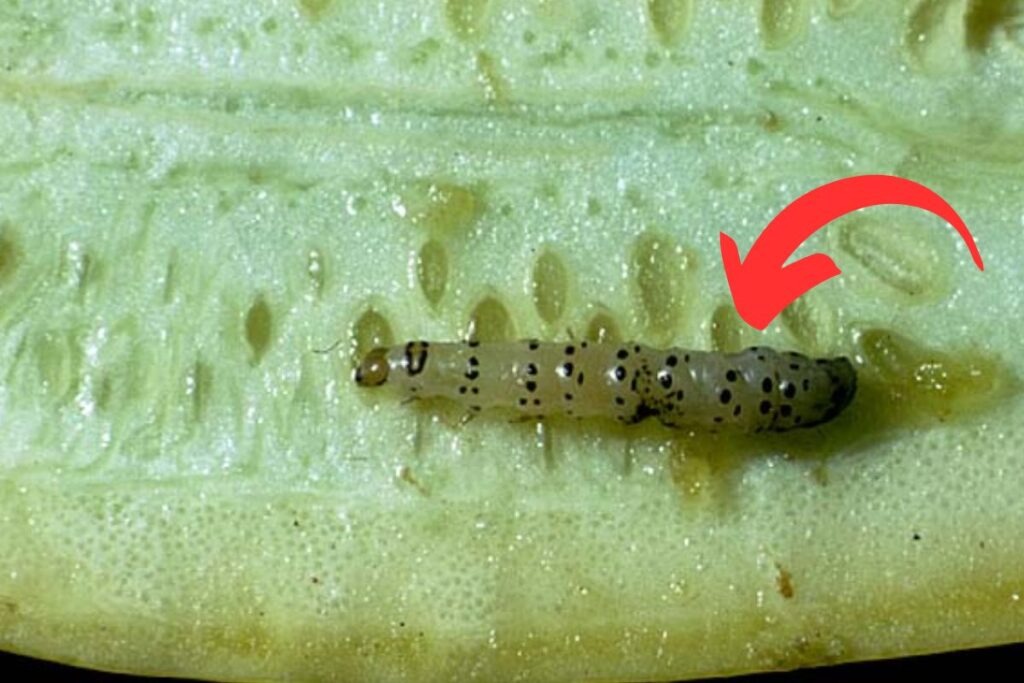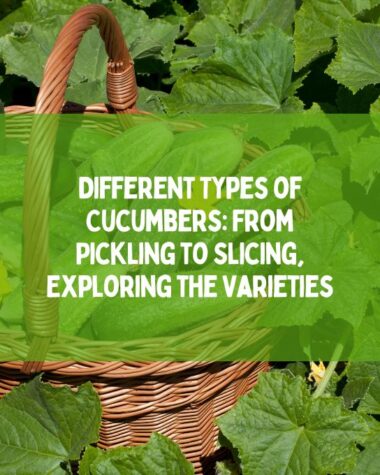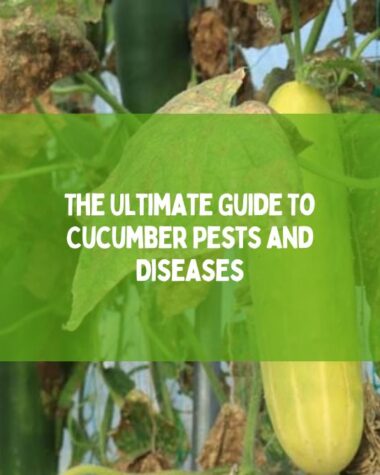Cucumber worms can be a frustrating problem for gardeners and home growers alike. If you’ve noticed small, green caterpillars munching away on your cucumber leaves or the fruits themselves, then you may be dealing with cucumber worms.
You can use a few methods to find cucumber worms, get rid of them, and keep them from getting into your garden or house.
In this blog post, I’m going to take an in-depth look at cucumber worms, how to identify them, how to control them, and how to prevent them from taking over your garden.
Let’s dive in and see the world of cucumber worms.
What are cucumber worms?
Cucumber worms are caterpillars of the Lepidopteran family and are commonly known as pickle worms. These worms feed on cucurbit crops, such as cucumbers, squash, pumpkins, and melons.

They can cause serious damage to these crops if not dealt with quickly and appropriately. The green color and brown stripes along their bodies are characteristics of cucumber worms. The worms will lay eggs on the leaves of the plant, which can then hatch into more worms that can further damage the crop.
If you suspect you have cucumber worms in your cucumbers, there are some ways to get rid of them and prevent them from coming back.
How to identify cucumber worms?
Cucumber worms, also known as pickleworms, are common pests that can cause major damage to cucumbers and other plants in the cucurbit family. The distinct black spots and stripes on their bodies, which are typically yellowish-green in color, make them easy to identify. In addition, they have a black head, short antennae, and three pairs of legs.

The eggs of cucumber worms are typically found on the underside of leaves near the stem of the plant. These eggs are white and oval-shaped, and they will eventually hatch into larvae. As larvae, cucumber worms look like small caterpillars with green and yellow stripes running down their backs.
If you spot any of these signs or symptoms on your cucumber plants, it’s important to take action immediately. Cucumber worms can cause extensive damage to your crops if left unchecked, so it’s important to take measures to get rid of them quickly and effectively.
Related Reading:
- What Are the Causes of Deformed Cucumbers?
- Can I Freeze Cucumbers?
- The Best Cucumber Varieties For Growing In Pots
- Refreshing Twist: The Ultimate Guide to the Cucumber Mint Margarita
- Kirby Cucumber: A Versatile and Nutritious Addition to Your Kitchen
- Cucumber Benefits for Skin: And How We can Use it
- How To Store Cucumber For Maximum Freshness?
How to prevent cucumber worms?
Cucumber worms, also known as pickleworms or cucumber caterpillars, are common pests that can cause serious damage to cucumber plants. The best way to prevent cucumber worms is by taking proactive steps in your garden to make it less attractive to them.
Here are two types of methods for getting rid of cucumber worms before they become a problem:
Organic Methods of Controlling Cucumber Worm Infestation:
Here are some organic methods of controlling cucumber worm infestations in your crop.
- Handpicking: One effective way to control cucumber worm infestations is to handpick the worms off of the plants. This is best done in the early morning or late evening when the worms are most active. Simply pluck the worms off of the plants and dispose of them in a bucket of soapy water.
- Beneficial Insects: Encouraging the presence of beneficial insects in the garden, such as parasitic wasps and ladybugs, can help control cucumber worm infestation.
- Organic Pesticides: Several organic pesticides can be used to control cucumber worms, including neem oil and Bacillus thuringiensis (BT).
Non-organic Methods of Controlling Cucumber Worm Infestation:
Here are some non-organic methods of controlling cucumber worm infestations in your crop.
- Chemical Pesticides: Chemical pesticides can be effective in controlling cucumber worms, but they can also harm beneficial insects and other wildlife in the garden.
- Row Covers: Row covers can be used to physically block the moths from laying their eggs on the plants.
- Crop Rotation: Rotating crops can help prevent cucumber worm infestation by disrupting the life cycle of the moths.
Can I still use cucumbers despite worms?

No, wash the cucumber and cut off the wormy portion before using it with worms. The most important thing to do is to inspect the cucumbers for any visible signs of worms or larvae before using them.
If you notice any, you should throw away the affected cucumber. To get rid of pickleworms, you can try using a diluted soap and water solution to spray the cucumbers as they grow, which should help reduce the number of worms present.
You can also remove any infected cucumbers and dispose of them to reduce the spread of the worms. Finally, keep an eye on your cucumbers and check them regularly for any signs of infestation.
What happens if you eat a cucumber worm?
If you accidentally eat a cucumber worm, there’s no need to panic. Drinking hot water will help your digestion and help the worms to be removed more quickly. Nothing major will occur, so don’t freak out.
However, cucumber worms are considered to be a pest, so if you do find one in your cucumber, it is best to discard it immediately.
To avoid having to deal with cucumber worms, be sure to thoroughly inspect all cucumbers before consuming them. If you spot any worms, discard them right away.
You can also try using natural methods to get rid of pickleworms, such as introducing beneficial insects or spraying the plant with a solution of water and dish soap.
Related Reading:
- What Causes Bitter Cucumbers?
- Can I plant cucumbers and tomatoes together?
- Understand Cucumber Pollination Process: How Cucumbers Pollination Works?
Conclusion
Gardeners and farmers can find cucumber worms annoying, but there are ways to get rid of them and keep them from coming back. By identifying the signs of a cucumber worm infestation and using effective control methods, gardeners and farmers can protect their crops and maintain healthy plants.
Additionally, incorporating worms into the garden ecosystem can help improve soil health and promote plant growth.







